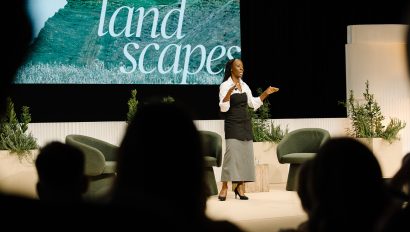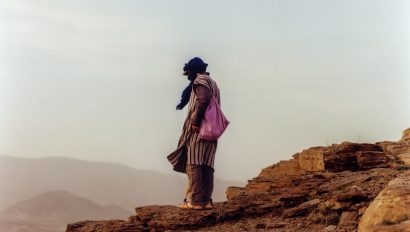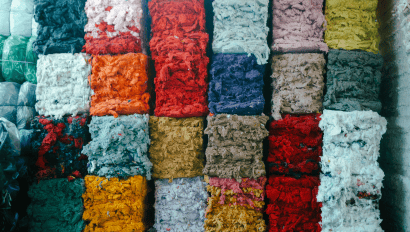Meeting the Australian Wool Growers Bringing the Land Back to Life
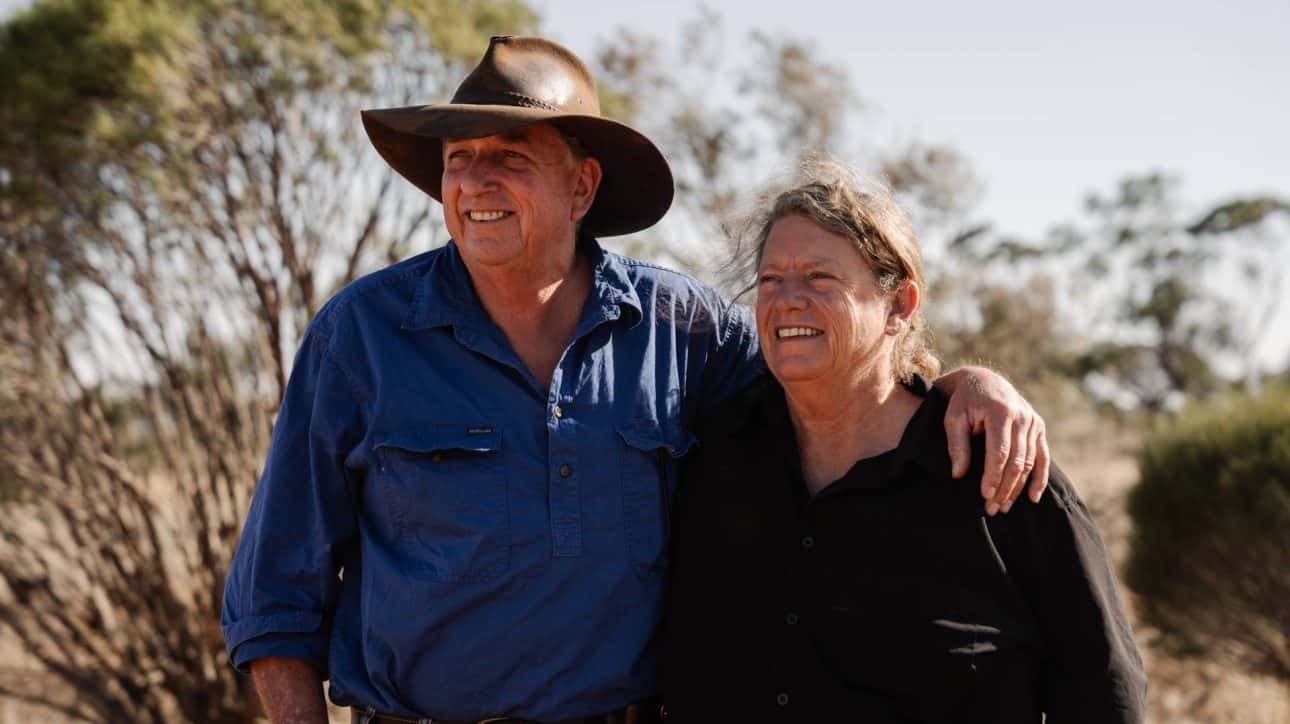
In the harsh, dry landscapes of Western Australia, Di and Ian Haggerty are proving that regeneration is possible even in the most challenging conditions. Their innovative approach to farming earned them the Ryan Young Climate Leader Award at the 2024 Textile Exchange Conference and is reshaping what’s possible for wool production in Australia. Words by Megan Doyle, with photographs by Tristan McKenzie.
Western Australia’s Wheatbelt region sits at the heart of the state. It’s a harsh, brittle landscape. Three hours drive north east from the capital of Perth, you’ll find 160,000 square kilometers of agricultural land where the vast majority of Western Australia’s wheat and half of its wool is produced — worth a combined production value of AUD $6 billion. Scarce fields stretch far into the horizon, baking under expansive blue skies. It’s only the start of summer, but with the temperature hovering around 35 degrees°C (96°F), few living creatures are able to withstand the unforgiving heat that is typical of this time of year.
The landscape evolves as we approach our destination in Mollerin and arrive at Prospect Pastoral, a wheat and wool farm owned by Di and Ian Haggerty. Out of nowhere, we see brightly colored Australian Ringneck parrots flit past our car, zipping between tall gum trees that provide welcome shade along the roadsides. Crops of wheat ready for harvest stand tall and shiny, creating a golden mirage, while clusters of plush sheep laze about, almost camouflaged against the landscape.
It’s our first indication that the Haggerty’s are going against the grain in this part of the world, where they’ve been pioneering in regenerative agriculture to the incredulity of the local farming community since 2001. The results are impressive, highlighting the possibilities of agricultural practices that bring environmental, financial, and health returns for land, people, and animals. It’s a seemingly radical mindset that has earned the Haggertys the Western Australians of the Year Award for 2025. However, there’s still a long education process ahead of the Haggertys and other regenerative agriculture champions like them to convince the wider farming world, investors, brands, shoppers, and others of their mission.
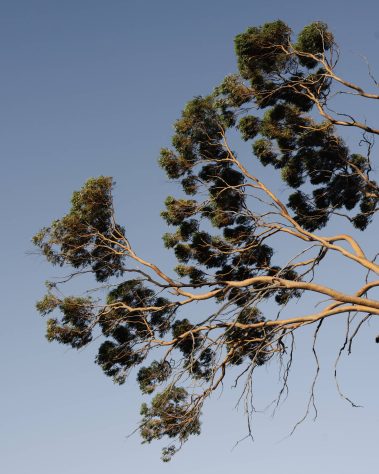
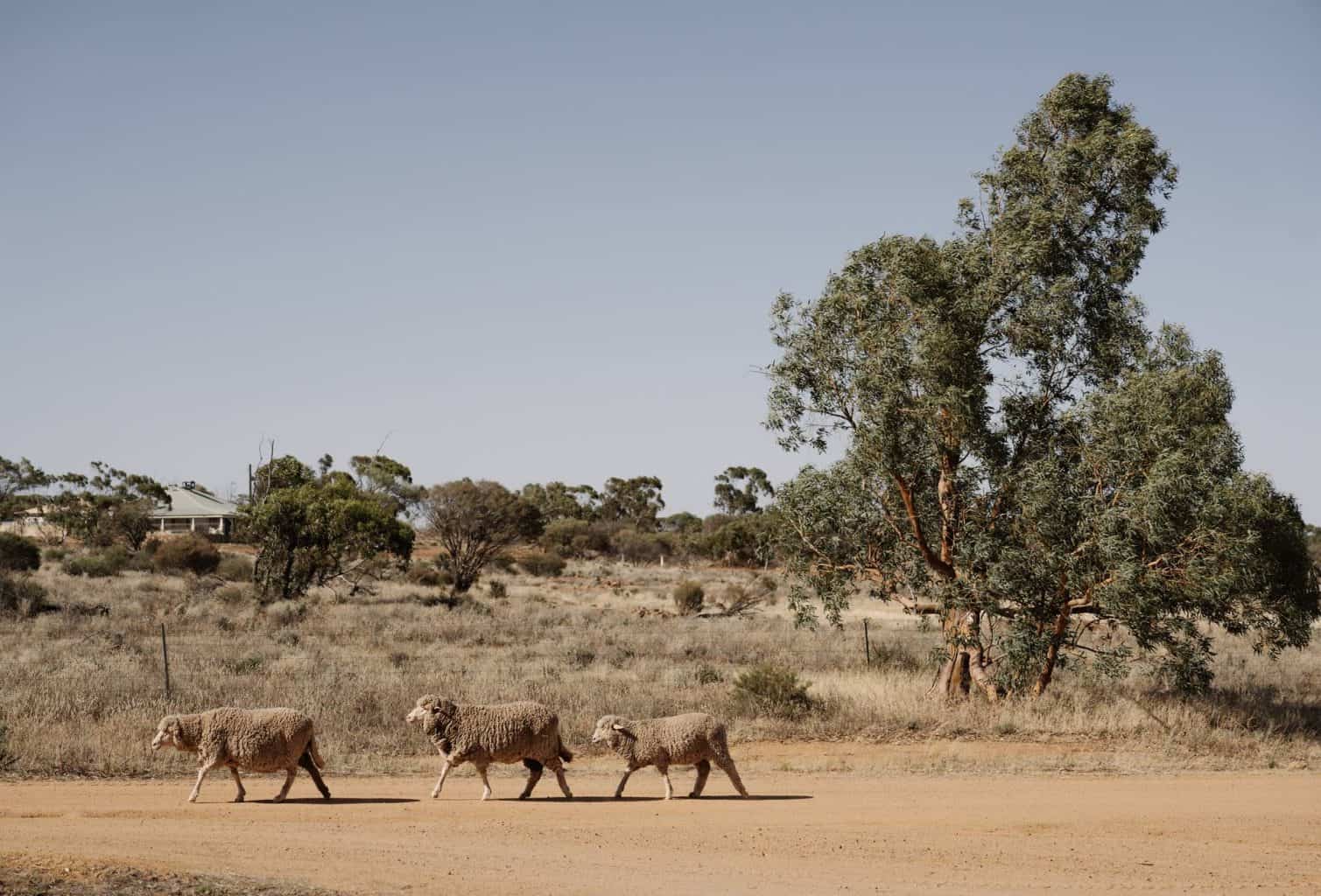
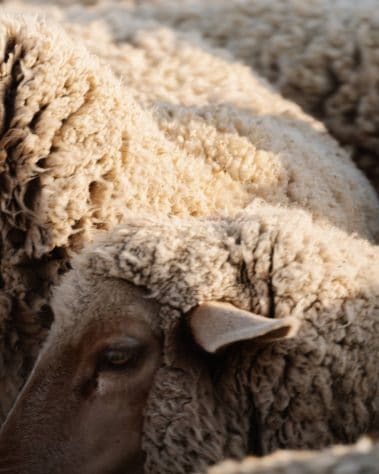
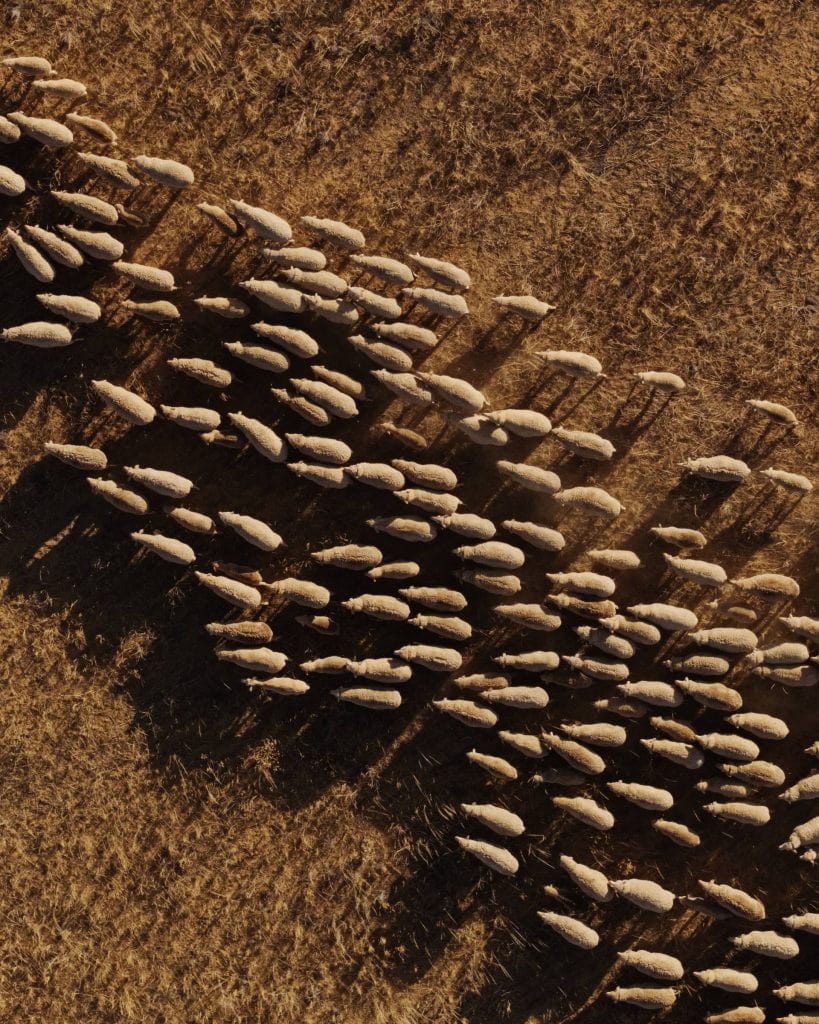
Regenerating the land through trial and error
The Haggertys, both from conventional farming families, started out with just 1630 acres of land here in Mollerin. Over 30 years, they’ve gradually expanded to 65,000 acres where they’ve developed Natural Intelligence Farming. It’s an agricultural framework that listens to the inherent wisdom of the land and animals, embracing the expertise of First Nations people, and working intuitively to restore and regenerate soils. “We never had the intention to keep buying land,” explains Ian over a dinner of lamb chops, mash and peas at the Haggerty’s house during our visit. “But once you have that connection to country, like the First Nations people, land talks to you. Land comes to you. And when that happens, you don’t turn your back on it. You do everything you can to get it.”
Often, land comes to the Haggertys in poor condition. Since the 1970s, rainfall in the Wheatbelt has been on a steady decline, due in part to a heat dome sitting over the state that propels rain clouds away and increases the salinity of soils. “It became really obvious from the 2000s,” says Di. “There was quite a dramatic drop of about 30% rainfall. Now, what used to be 300 – 325 millimeter annual rainfall, is probably about 200 – 250 millimeters.”
Over the years, the Haggertys have bought up semi-arid, seemingly unusable land around their farm, rapidly transforming dust bowls into fields where native plants like Mulla Mulla grow in abundance. They don’t use any fertilizers or pesticides, instead using a homemade compost brew that is diluted in water and sprayed onto crops, as well as strategic grazing that allows the sheep to fertilise the land with their own microbial inputs. The Haggertys also use Mulla Mulla as a cover crop to rejuvenate soil after a wheat harvest, as its large tap root can access nutrients deep in the earth. Most farmers would consider this plant a pest and spray it away during the summer months, but by leaving the land to its own devices, the Haggertys take a nature-led approach, with fascinating results.
Their landscapes have improved water infiltration and retention, holding more water for longer, so their plants are more resilient and adaptable to unpredictable rainfall from one year to the next. Additionally, “we’re actually seeing rainfall patterns change,” says Ian. “Across 65,000 acres, we’re affecting large water cycles now. I would like to take a bigger area, and to invite scientists in to start to measure our impact. And as you start to link a few farms together, you start to make a huge difference.”
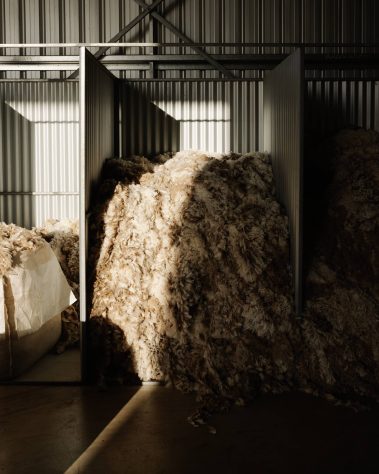
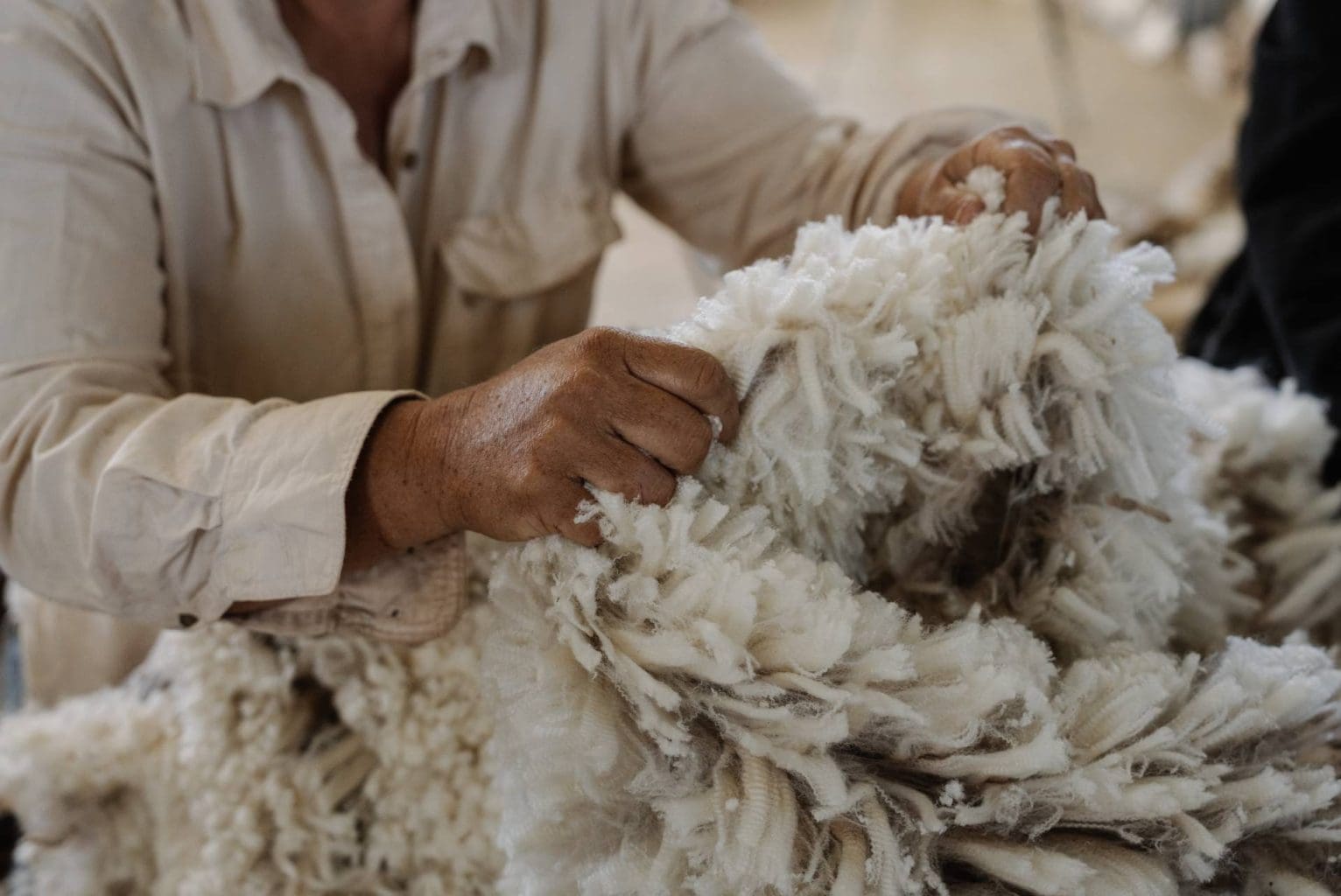
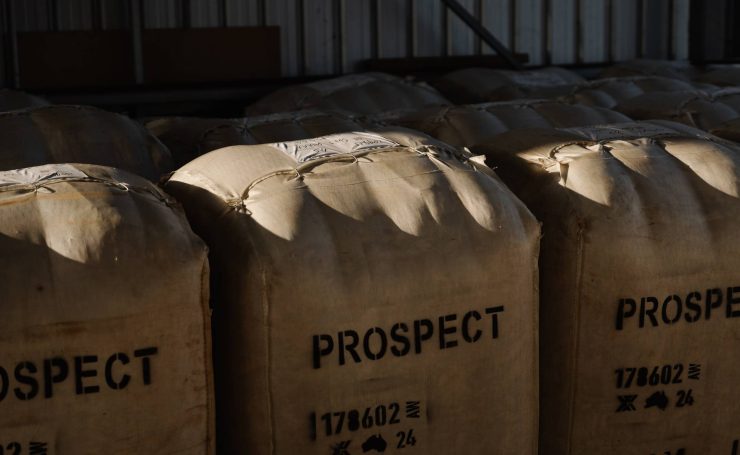
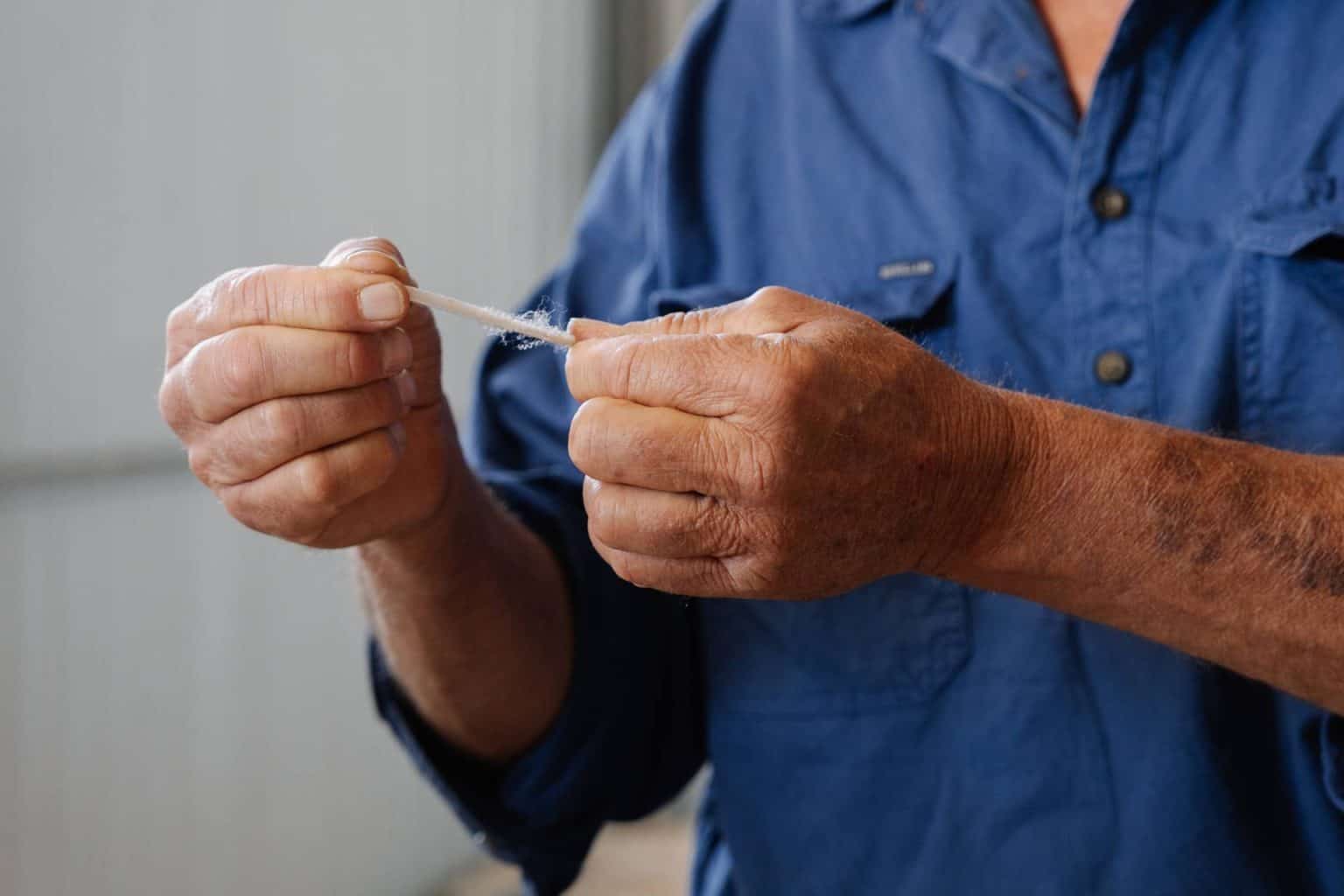
Healthy, happy sheep make premium wool
Shearing season is in full swing when we visit the farm, with a team of nine working at-pace to shear 7,000 merino over the month. Despite getting through around 300 sheep per day, the energy in the shed — from the shearers and sheep — is surprisingly calm. The Haggertys credit the microbially diverse crops that give the sheep a nutrient-dense diet, keeping them physically sated and mentally healthy. “We believe that the animals know better,” says Di. “We don’t do time controlled grazing, instead we use intuitive time grazing. Our landscapes are changing rapidly, and so we take our signals from the animals themselves.” When the paddock is rich in diverse food for the sheep, they’re better nourished, so don’t need to graze as much.
This has a direct impact on the quality of their Responsible Wool Standard-certified wool, which Prospect Pastoral sells through NATIVA™ to brands like Stella McCartney. The amino acid profile in the formation of the wool follicle is one of the key factors that helps to keep it soft and supple, repelling dirt and helping to prevent flystrike (the reason why so many Australian farmers still mules their sheep — a controversial practice banned by the Responsible Wool Standard, that the Haggertys don’t use. “When you’ve got everything in the right ratio as nature intended it to be, and you’re not tampering with synthetic fertilisers, the amino acids are formed in the appropriate manner, and the quality is there,” says Di.
The process of finding the right ratio is lifelong learning, and Di and Ian speak fondly of the collaborators, mentors, fellow farmers, and scientists who they’ve worked with across the years to share knowledge. Farmer and author Charles Massy, the Honourable Michael Jeffery, former governor-general of Australia “and founder of Soils for Life, Jane Slattery, with whom they co-founded Natural Intelligence Farming, and Heidi Mippy, a Noongar and Thiin-Mah-Warriyangka woman who has spent time with the Haggertys exploring the First Nations connections to land, are among the community that has supported and contributed to the success at Prospect Pastoral. Knowledge sharing is, after all, crucial to bringing more farmers on board with this way of life. “The common theme is humility. People recognized that there’s so much going on, and that they’re part of it, but not the dictator of it. There’s so much respect for everything else out there that’s been around a lot longer than us,” says Di.
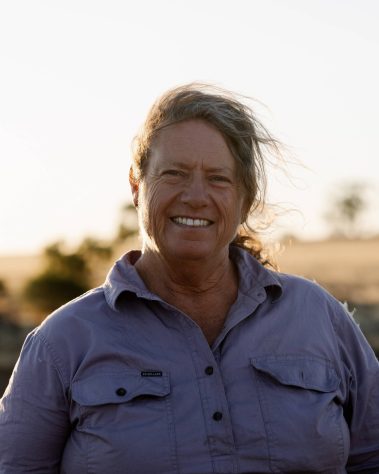
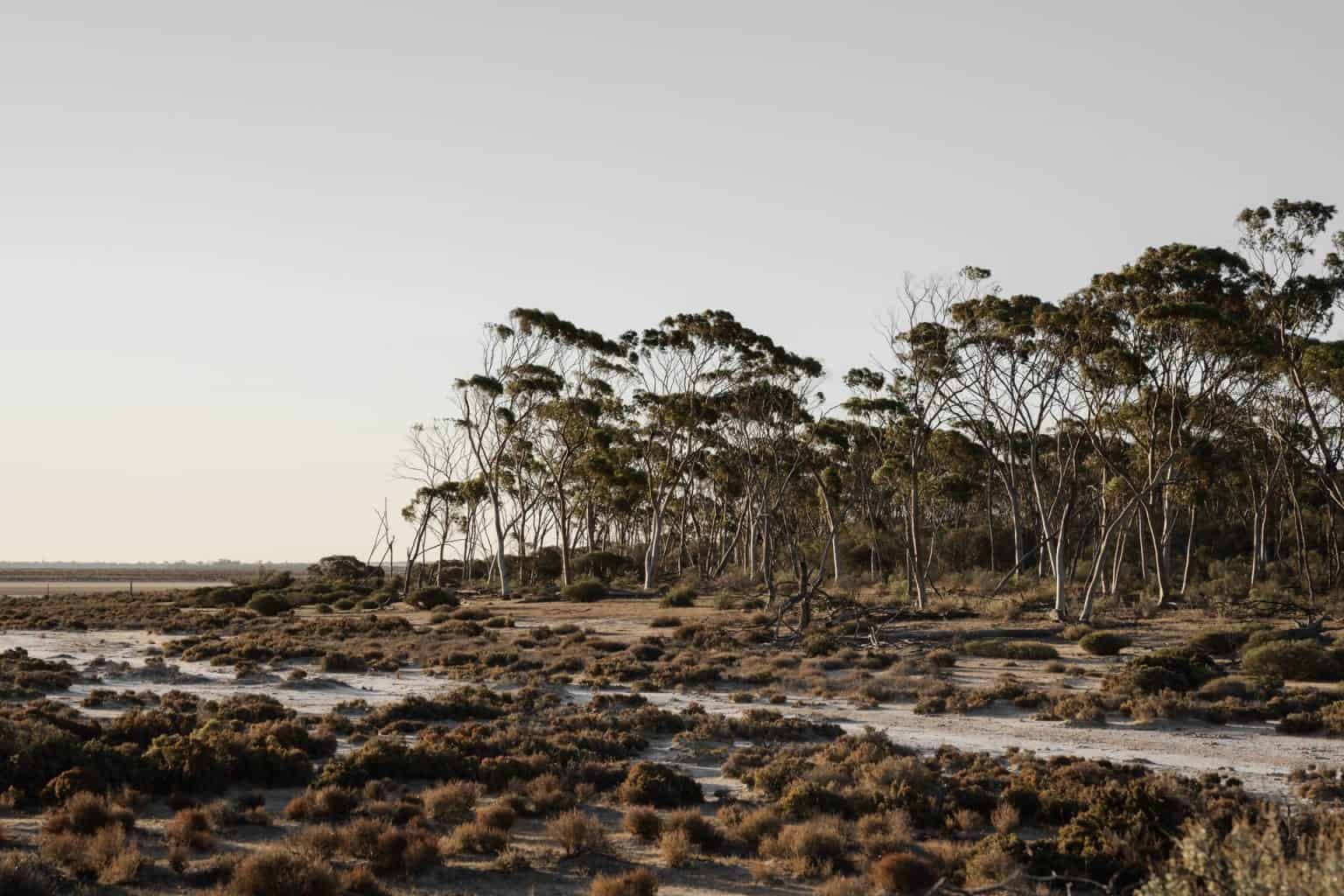
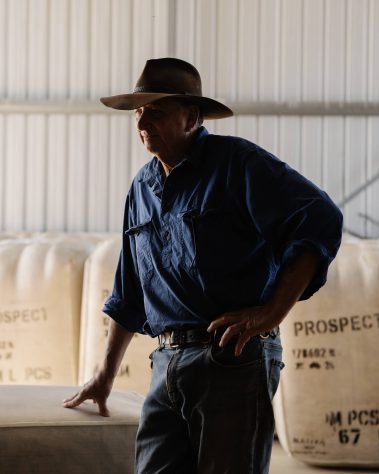
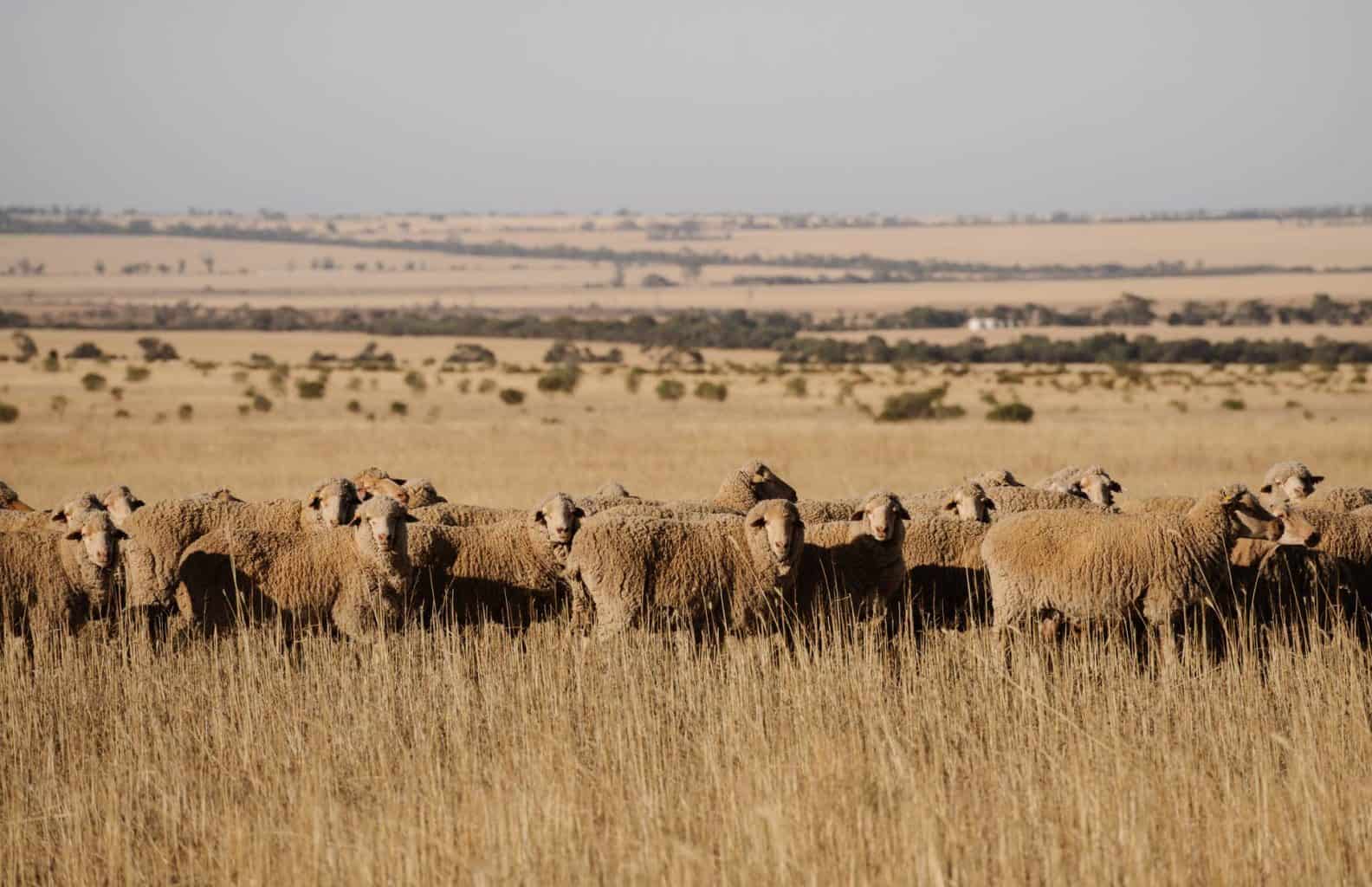
Inspiring and challenging the community
What is perhaps most striking about the Haggertys is the network of friends and family that are drawn to the farm. Many regional towns in the Wheatbelt have suffered from an ongoing population decline over the last 60 years, as young people move to larger towns or cities. Some regional towns, with their aging population, threaten to disappear altogether. In 1966, there were around 23,000 farms in the Wheatbelt, while in 2022 that number had shrunk to 5,700.
Di and Ian’s youngest son, Matthew, is now a director of the family business, while his high school ex-girlfriend Rachel and her mum Bec also live and work on the farm, having spent time here during the pandemic and fallen in love with the work. 26-year-old Ragnor has come all the way from Estonia to harvest the Haggerty’s wheat this season, while their eldest son James, his wife and two young children are moving back to the farm after years in Perth. “I find some of the younger generation really incredible,” says Di, who is open and excited about inviting people onto the farm to pursue their passions — which one day could include grazing cattle and brewing beer with the wheat grown on-site. “They are coming up with new ways to do things. Perhaps they’ve seen some of the mistakes that have been made ahead of them, and they really want to appreciate our planet.”
Not everyone is inspired by and drawn to their way of life. If it was conventional, a farm this size would be spending more than AUD$1.5 million on fertilizers each year. The Haggertys spend nothing, so multinational chemical companies aren’t exactly their biggest fans. They have also received pushback from the wider farming community who view land as something to own, dominate, manipulate, and extract resources from, whether or not it responds positively or the end result is healthy soils and animals. “It’s not their fault, they’ve been brought up in the system where you take the rote knowledge, and they’re doing a really good job,” says Ian. “But we’re about diversity. The only thing that makes your soil and your ecosystem work properly is diversity, it all has to work in unison.”
“There are some people that feel very threatened by what we do, but a lot of it comes down to the fear of risk,” believes Di. “Farmers tell us: when you’ve got it all figured out, then we’ll do it. The financial situation for most farmers is so tight that they can’t afford to take any risk.” Ironically, Di and Ian came to regenerative agriculture because they couldn’t afford not to. “The alternative was too costly — more and more machinery, more man hours,” says Di. “We’ve been so convinced by what we’ve seen and learned that we won’t be swayed by others’ opinions.”
While conventional farms take a financially driven approach to production, Prospect Pastoral has a different priority list. “We don’t start with the money. We start with the ecosystem and the people, and the money comes in about three or four down the line,” says Ian. “If you get all those other bits right, the money will take care of itself.”
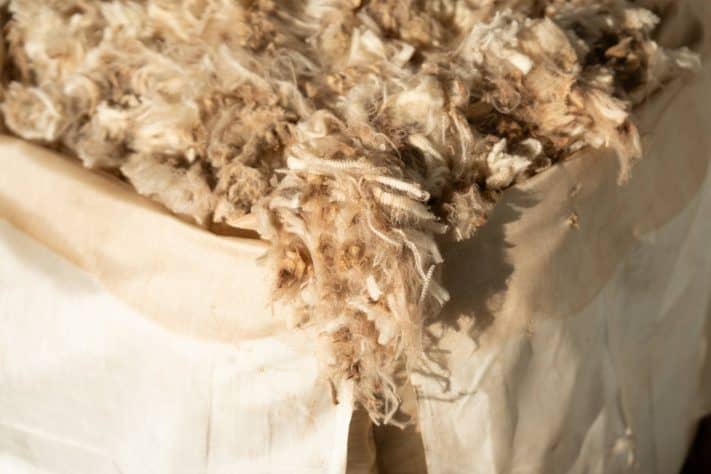
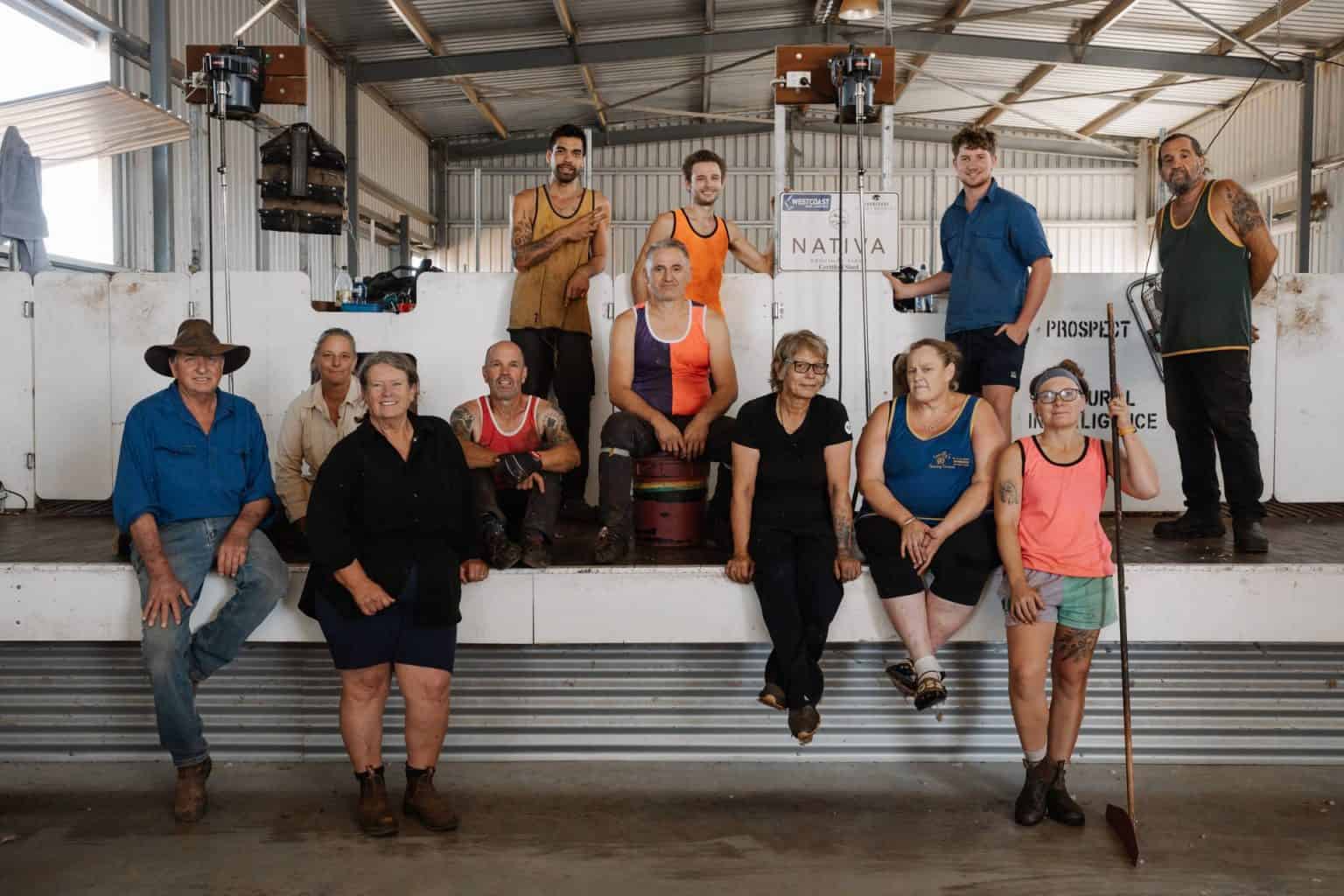
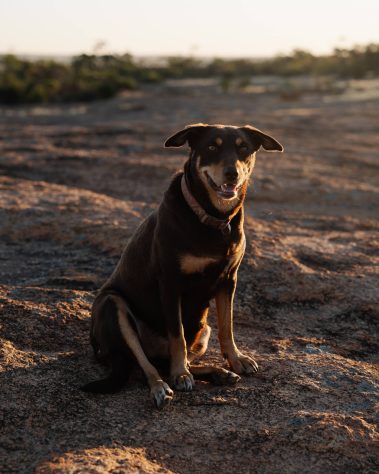
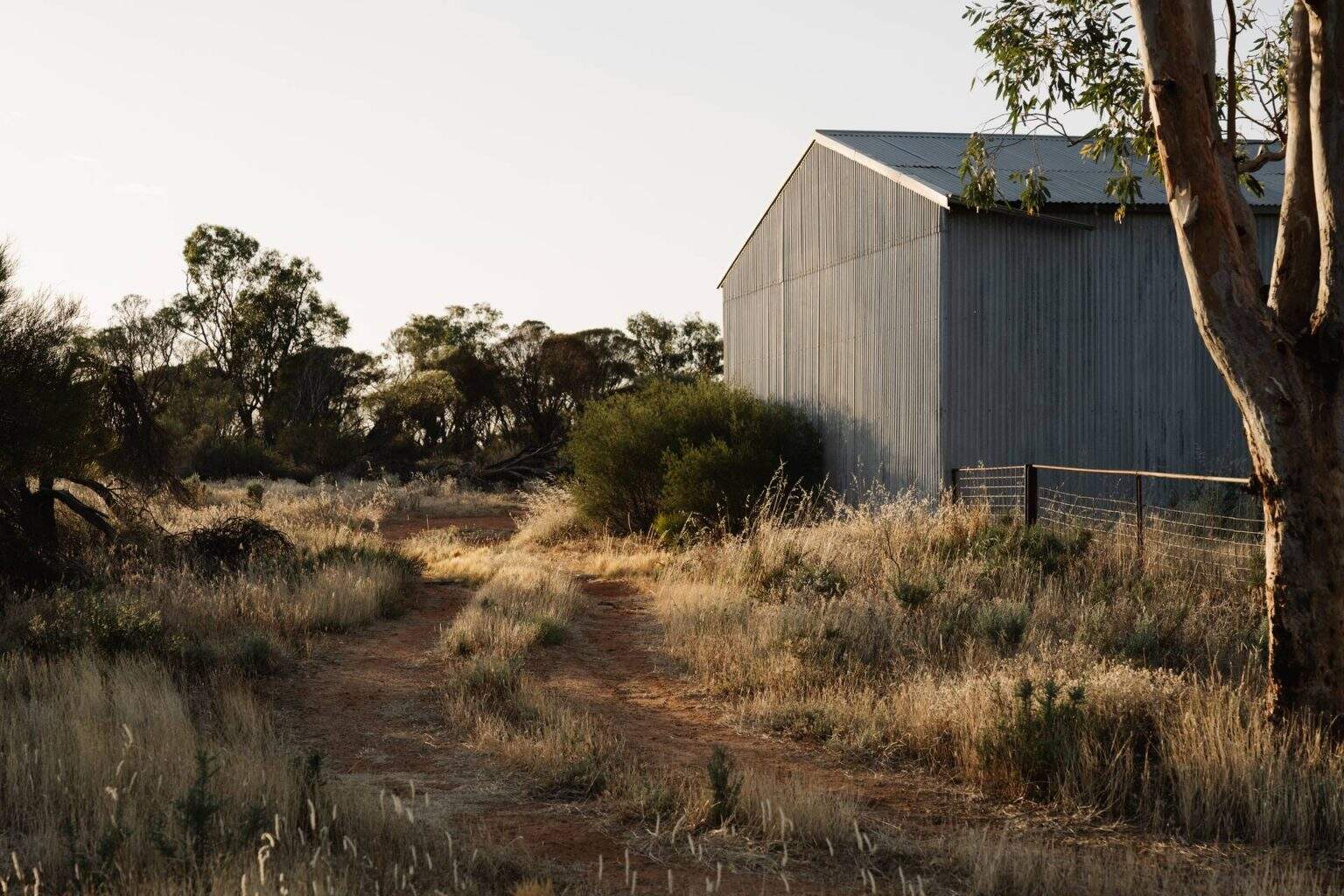
Rebalancing the profit share
While the Haggertys aren’t driven by profit, they firmly believe that regenerative wool growers should be receiving higher premiums for what they consider to be a far superior merino to most, providing ecological and animal welfare benefits that aren’t accounted for on the commodity market. “The premium is still not truly a reflection of what’s going into these productions,” says Di. “When you lower the value of each unit that the earth is producing, then the only way the person on the land can maintain some profitability or livelihood is to produce more of the damn stuff — and that’s what’s thrown everything out of balance.” With a fairer distribution of financial returns on regenerative wool, Di believes that more young people will be drawn to the sector, expanding not only environmental benefits but reviving regional areas and driving the country’s strong wool industry in a more positive direction.
The fashion industry also needs to play its part in supporting farmers like the Haggertys. NATIVA™, the company responsible for connecting the Haggerty’s wool with the global textile trade, faces challenges to communicate and sell the true value of this fiber to brands. “Fashion brands need to understand that many regenerative efforts cannot be fully captured through conventional metrics or data,” says Maria Estrada, Global Director at NATIVA™. “The profound changes Ian and Di have achieved are evident at the farm level but are difficult to quantify in figures. It is crucial for brands to recognize the immense value behind this work and to move beyond solely price-driven decisions.”
For their part, Di and Ian also travel the world meeting farmers, speaking at conferences, and sharing their story about regenerative agriculture. “The easy thing for myself and Di would be to sit back in our own little business and go along happily every day,” says Ian. “The hard thing is being out there, changing the narrative, and making things better, because you spend a lot of time and money doing those things. But isn’t that what life is about?”
